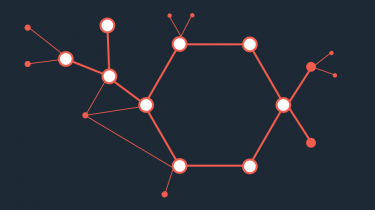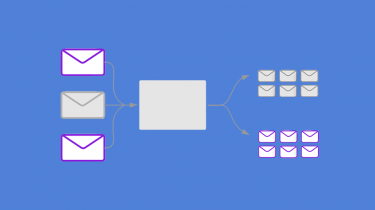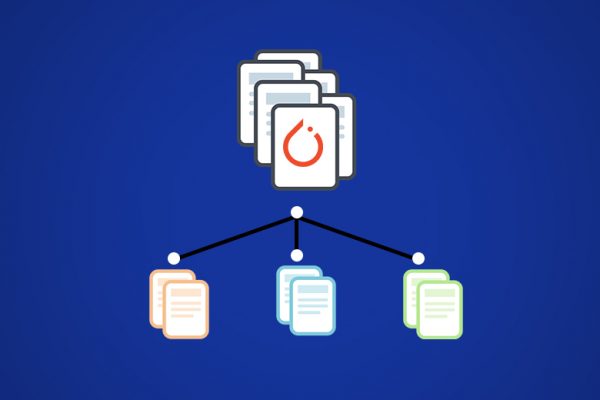BERT for Natural Language Inference simplified in Pytorch!
This article was published as a part of the Data Science Blogathon Introduction to BERT: BERT stands for Bidirectional Encoder Representations from Transformers. It was introduced in 2018 by Google Researchers. BERT achieved state-of-art performance in most of the NLP tasks at that time and drawn the attention of the data science community worldwide. It is extensively used today by data science practitioners for various NLP tasks. Details about the working of the BERT model can be found here. Introduction to […]
Read more





